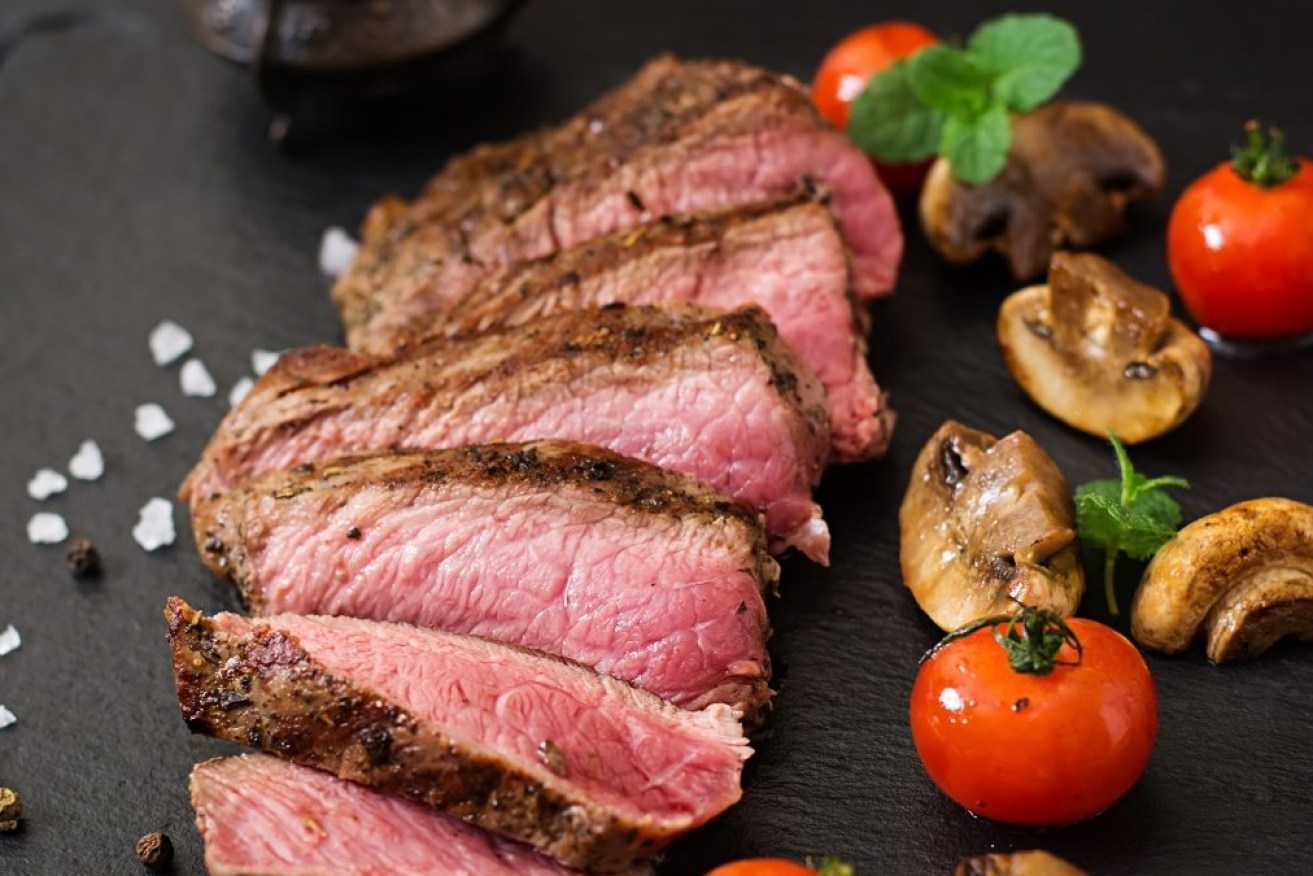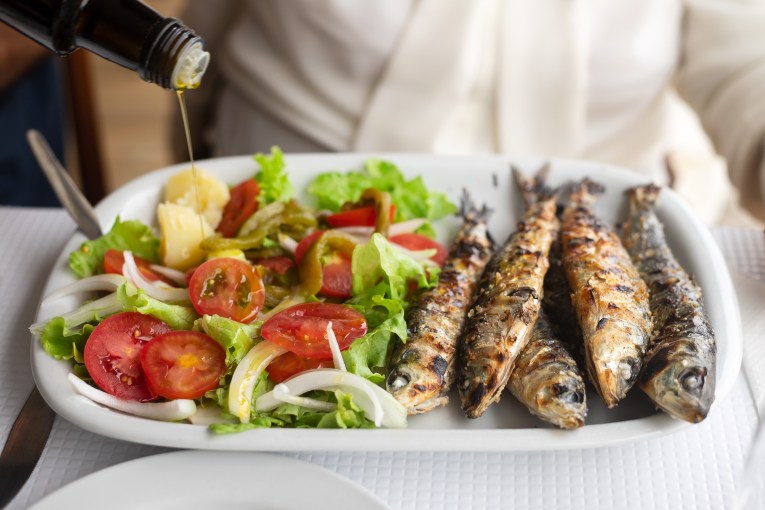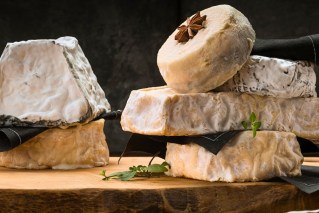Technology that tenderises cheap cuts of meat could lead to consumer wins

Oxford University researchers say there is too much at stake to keep eating meat. Photo: Getty
Scientists have found the eating quality of tough cuts of meat like shank, silverside and chuck steak can be improved using shockwave technology, in what could be a win for farmers and consumers.
Shockwave technology, or hydrodynamic pressure processing, is the application of mechanical pressure pulses in a large water tank. The tenderisation process is instant.
Tenderness is a price driver and quality that consumers look for in their meat.
CSIRO Research Food Leader for Food Transformation Dr Buckow said the technology was a great way of improving meat tenderness and the eating quality of cheap cuts.
“We all know that most of the carcasses particularly in beef are pretty tough and often go into mince or other low-value meat products,” Dr Buckow said.
“So we thought this shockwave technology can be used to instantly tenderise those beef cuts and thereby achieve a higher value and price point in the market.
“At CSIRO, we use electrical discharges to create this intense shockwave underwater and that shockwave then travels through that surrounding liquid at high energy and extremely high speed and passes through any product that is in the vicinity.”
How it works
The CSIRO’s Brisbane laboratory is home to the world’s second shockwave unit.
Meat is transferred via a conveyor belt on the shockwave unit into water where it is exposed to shockwaves, resulting in instant tenderisation.
“What we do is we vacuum pack meat muscles or steak-sized meat cuts and we put this into the water tank where it’s then exposed to these shockwaves,” Dr Buckow said.
“Products come out from the other end and typically what we see is an instant tenderisation or a reduction in the toughness of about 15-20 per cent.
“We see that continuing over the ageing period.”
What about the taste?
The scientists also found the meat’s flavour was not altered by the process.
“In the initial trials we’ve done so far we couldn’t see any differences in sensory attributes other than the tenderness,” Dr Buckow said.
“We couldn’t see any difference in the colour or the flavour.”
“There are other technologies available at the moment but most of them are what we consider invasive technologies, so you would actually destroy the meat surface.”
Shockwave unit can shuck oysters too
Because the shockwaves can disrupt biological tissue, the technology can also be applied to other foods including shucking oysters.
“For example, we know we can use this for shucking oysters because the technology would basically break the shell but leave the meat of the [oyster] intact inside,” Mr Buckow said.
“Other applications would be for drying for when we want to remove water.
“Because we fracture the biological tissue it should be a lot easier to remove water from a food sample.”
– ABC








